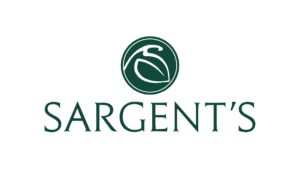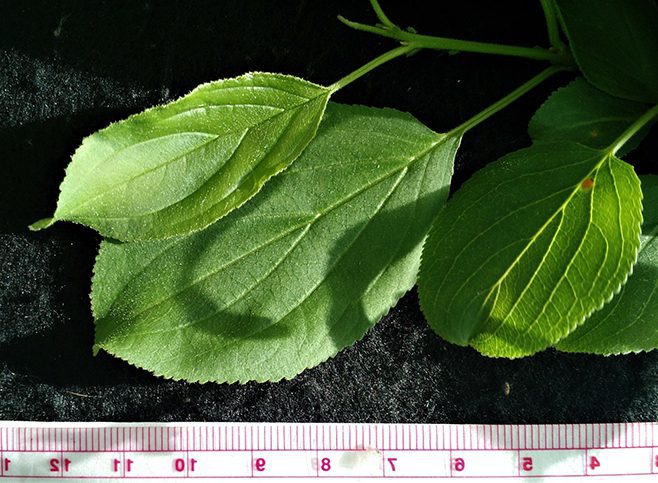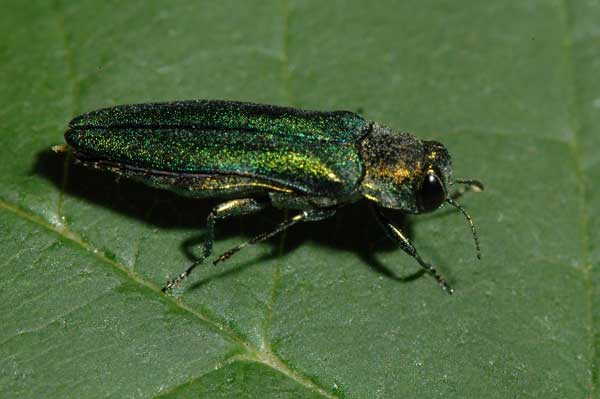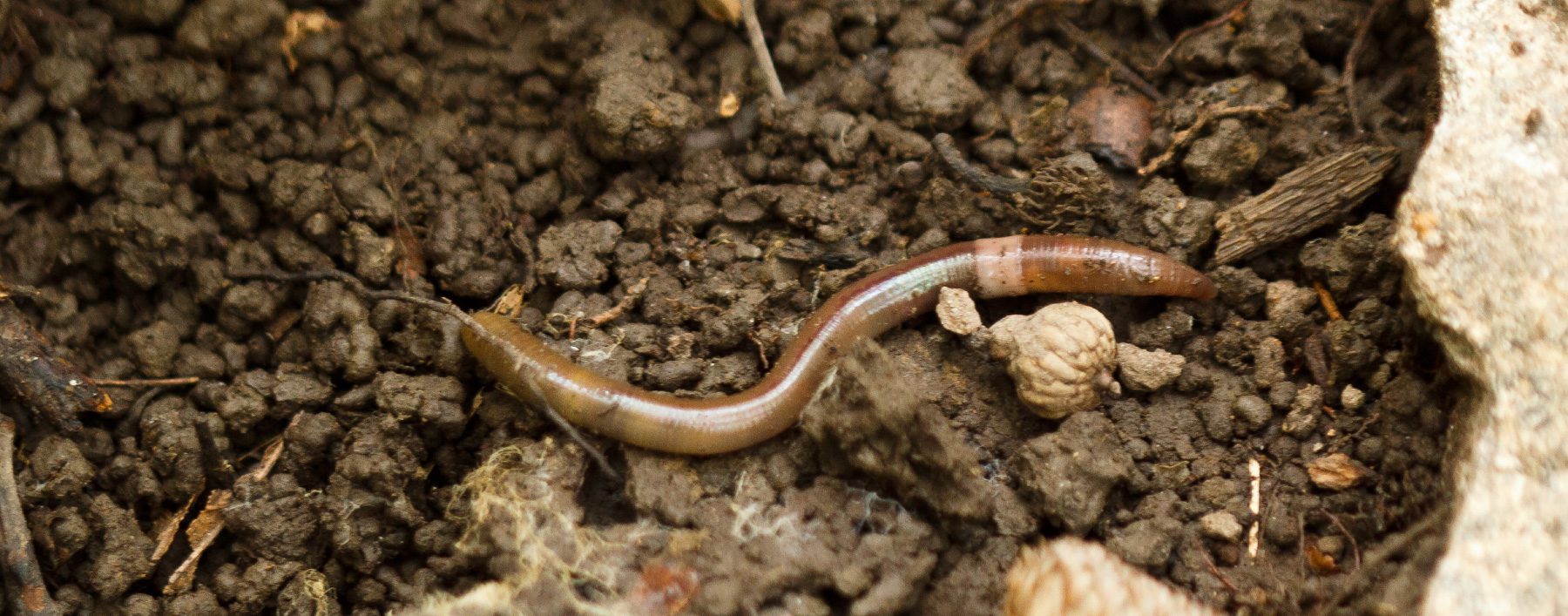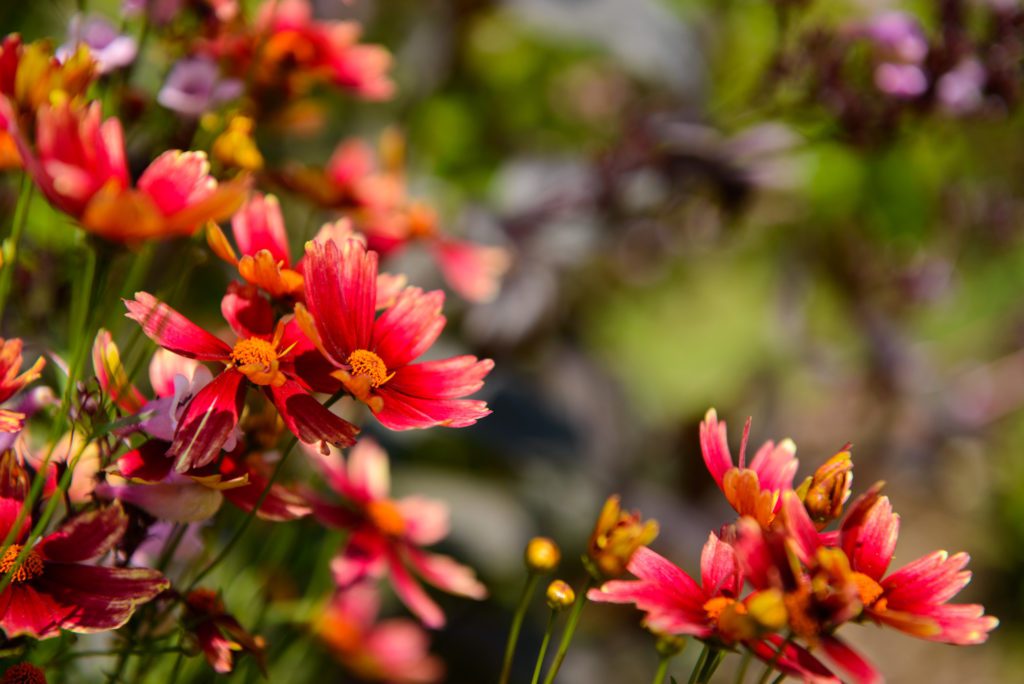Dutch Elm Disease
Here at Sargent’s, we believe that the natural world has the ability to improve people’s lives. We have made it our business to foster the relationships between people and their outdoor spaces. Most of the time this means having fun providing high-quality products and services to our amazing customers and making our community as beautiful as it can be. But occasionally, our position as stewards of this industry mandates we address threats to this belief. Invasive species are one such threat. For over 50 years, Sargent’s has contributed to the treatment, mitigation, and research of invasive species that affect our area. It’s important to us that our customers have accurate information regarding invasive species and how they can help preserve the outdoor spaces we all hold so dear.
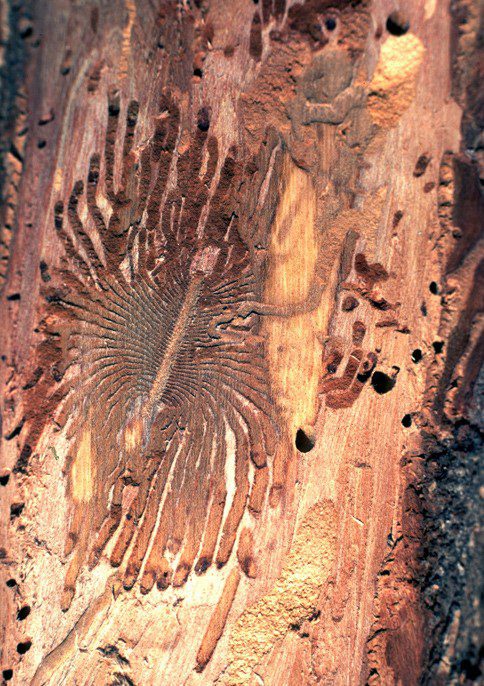
Background
The American elm was likely the most influential tree in our country’s history. It lined city streets, creating beautiful tunnels of foliage down thousands of miles of roadways. That is, until the introduction of Dutch Elm Disease.
Dutch Elm Disease (DED) is caused by the invasive fungal pathogen, Ophiostoma novo-ulmi, and occurs throughout Minnesota. It aggressively kills elm species (Ulmus) by attacking the vascular system of the tree, preventing flow of water and carbohydrates. The disease spreads over land by the elm bark beetle carrying the fungus then feeding on the twigs of healthy elms. Once in the tree, the fungus kills trees within a matter of one growing season. The fungus also spreads to nearby trees through roots that were grafted together. In the instance of tree-lined streets, this was a major issue.
Impact on Environment
In Minnesota, the American elm and red elm are the most common elm species in our woods and in our urban landscape that have been impacted by DED. These trees were incredibly hardy for centuries until the exotic fungus came here from the Netherlands in the late 1920’s and grew to epidemic proportions in eastern cities by the midcentury.
Treatment
Treatment of DED can only happen preventatively. Once a tree is diseased, it is too late. Treatment is done through macro infusion, which is basically like setting up a large IV system and pumping up to 40 gallons of a water-fungicide solution into the tree. This is repeated every 2-3 years to keep the tree protected. This treatment is only effective on trees that are isolated from other trees. The fungus spread through root grafts would still kill a treated tree. Also, dosing trees is critical as trees can be killed by overdosing. For these reasons and others, it is critical to engage a professional in doing this treatment.
Sargent’s employs several certified arborists and fungicide applicators. If you’d like to discuss treatment options and pricing, please visit our tree care page.
Our Commitment to You
Sargent’s is committed to mitigating the spread of invasive species in MN and remaining the source of knowledge, quality, and service that you’ve come to expect. Sargent’s will continue to work with the Minnesota Department of Agriculture, the University of Minnesota, and other industry leaders to remain at the forefront of this issue. We are committed to minimizing the impact of invasive species and to keeping your gardens, and ours, flourishing for decades to come.
Invasive Species E-News
For those that are interested, we have created an e-newsletter dedicated specifically to invasive species. If you want to be kept up to date on current jumping worm research, fill out the form below.
Learn Something? Share it with your friends!
